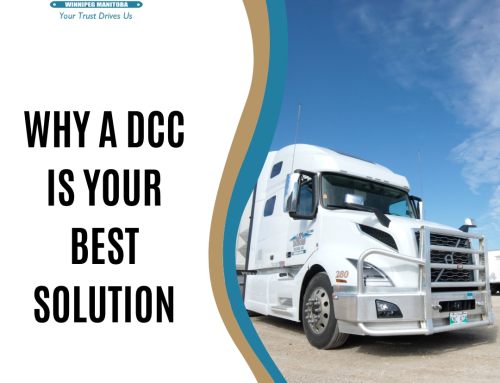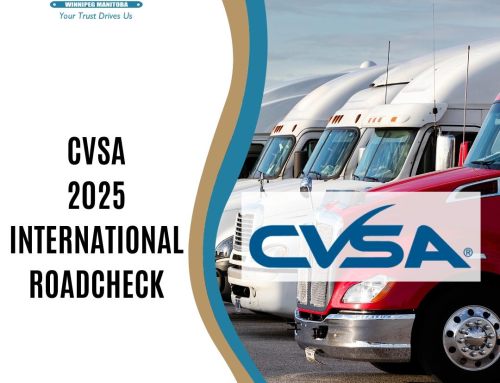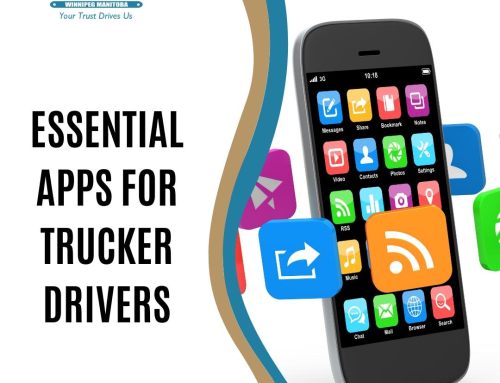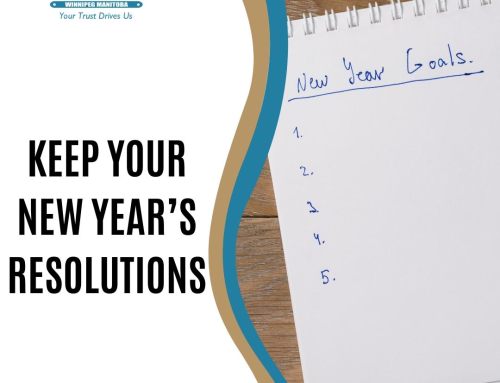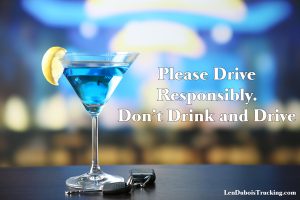 New Year’s Eve is a time to ring in the new year and celebrate all that we have done and all that we will do. Unfortunately it is also one of the deadliest nights on the road. While the majority of people will make the right choice to not get behind the wheel impaired, there are those who won’t.
New Year’s Eve is a time to ring in the new year and celebrate all that we have done and all that we will do. Unfortunately it is also one of the deadliest nights on the road. While the majority of people will make the right choice to not get behind the wheel impaired, there are those who won’t.
If you’ve been in the trucking industry for any amount of time, you’ve seen your share of impaired drivers on the roadways and the havoc it creates. On New Year’s Eve and the wee morning hours of New Year’s Day, there will be an increased number of impaired drivers out on the road with you.
Seasoned driver’s generally choose to shut down early to avoid the dangerous driving conditions these driver cause. However, if you are heading down the highway and encounter an impaired driver there are things you can do to help keep yourself and other’s from being seriously harmed.
Signs of Drunk Driving
- First, it’s important to know the common signs of drunk driving:
- Quick acceleration or deceleration
- Tailgating
- Weaving or zigzagging across the road
- Driving anywhere other than on a road designated for vehicles
- Almost striking an object, curb, or vehicle
- Stopping without cause or erratic braking
- Drifting in and out of traffic lanes
- Signalling that is inconsistent with driving actions
- Slow response to traffic signals (e.g. sudden stop or delayed start)
- Straddling the center lane marker
- Driving with headlights off at night
- Swerving
- Driving slower than 10 mph below the speed limit
- Turning abruptly or illegally
- Driving into opposing traffic on the wrong side of the road
Some of these signs are more obvious than others, but it probably won’t take you long to determine if someone has just had a momentary lapse in driving ability or is driving impaired.
What to Do if You See a Drunk Driver
- Give them plenty of room and stay alert to their movements. Remember impaired drivers have a tendency to hit the brakes, so make sure you have an ample following distance.
- Don’t try to pass the suspected impaired driver or try to signal for them to pull over. Doing either of these things increased your chances of being involved in a collision with the impaired driver.
- If you are in heavy traffic with an impaired driver find an escape route that removes you from harms way.
- Take notice of the license plate number along with details about the vehicle including make, model and colour. Don’t compromise your own safety to get this information. It’s also good to know, not only what road you are on, but which miles marker or cross streets, so that police can easily find them.
- Contact 911 to report the impaired driver.


